Port Melbourne: History, sights, Vegemite, underworld crime
Port Melbourne is now considered a family friendly suburb with plenty of cafe culture, but its past ties to the criminal underworld cannot easily be forgotten. From producing happy little Vegemites to notorious gangland killings, here’s a look at postcode 3207.
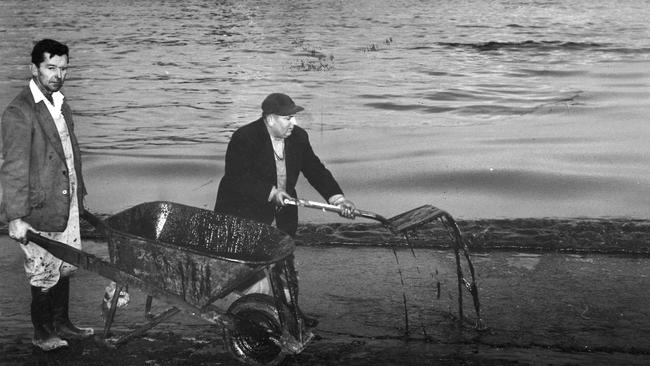
Inner South
Don't miss out on the headlines from Inner South . Followed categories will be added to My News.
You can see links to Port Melbourne’s industrial past nearly everywhere you go in the bayside suburb.
Old factory buildings dotted throughout the streets once churned out everything from sugar, soap and flour to candles, cars and Bertie Beetles chocolate bars.
Iconic breakfast spread Vegemite is produced at a factory in Port Melbourne which churns out more than 22 million jars each year.
The factory is now proudly situated at 1 Vegemite Way after Cook St was renamed in 2016 in a ‘toast’ to the Aussie pantry staple.
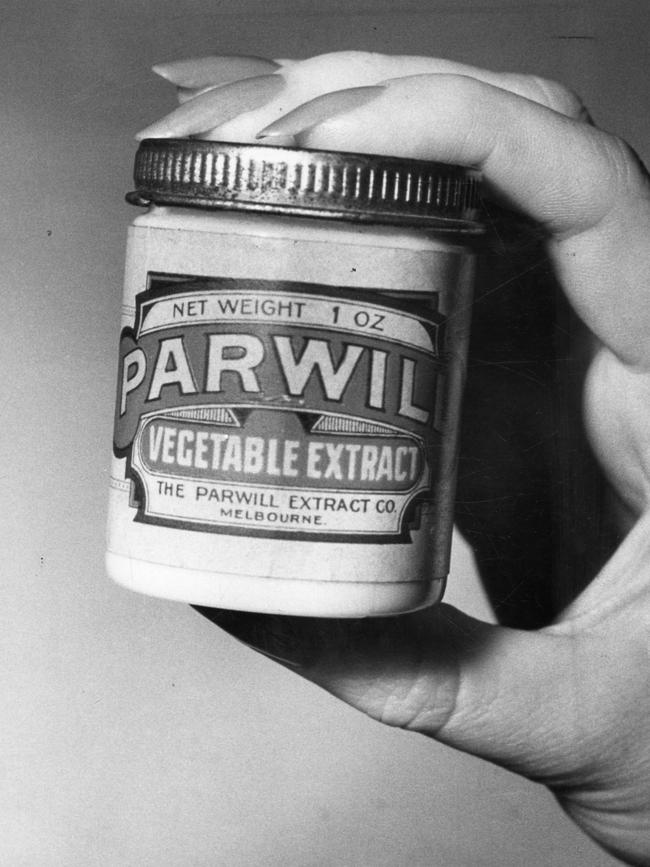
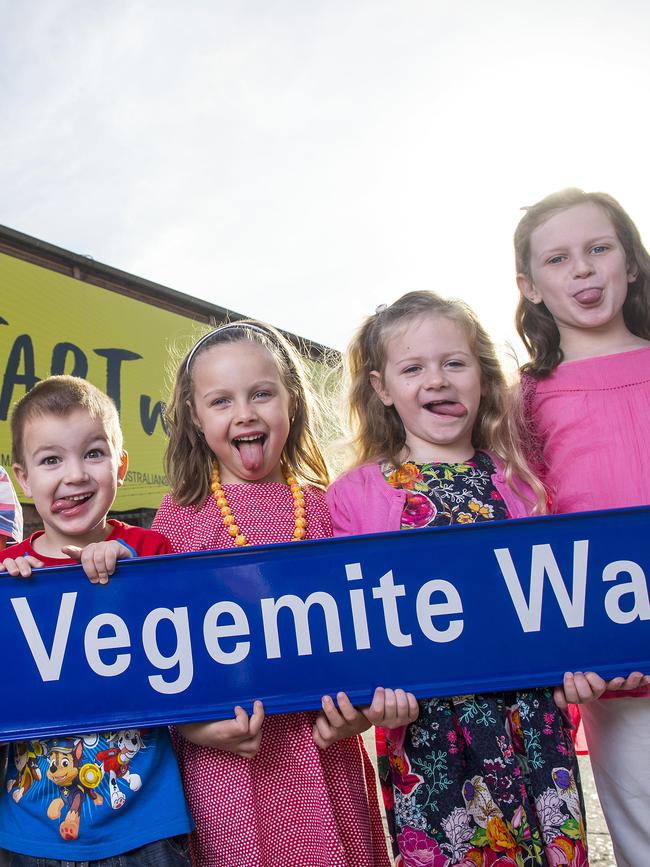
Port Melbourne came into prominence during the Victorian Gold Rush of the 1850s and was originally separated from neighbouring Albert Park by a large shallow lagoon.
Although this had been filled in by 1929, the park which stands in its place — between Liardet and Graham streets — still bears the name Lagoon Reserve.
The heritage listed former J Kitchen & Sons soap and candle factory on Ingles St was transformed into luxury apartments during season 12 of The Block.
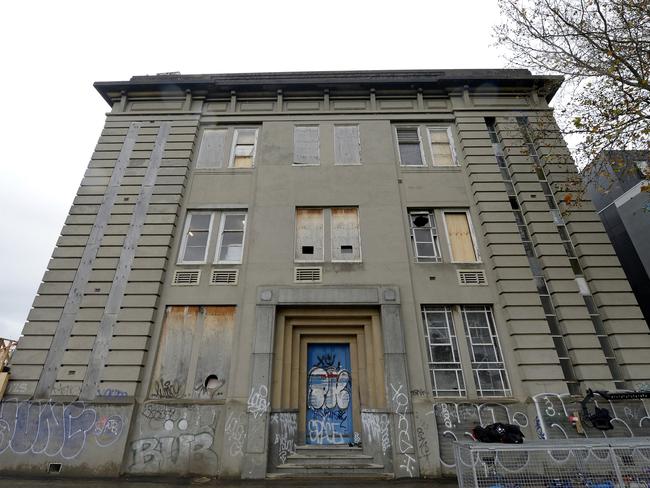
The factory once famous for churning out Bertie Beetles (made from the fragments of honeycomb leftover from producing Violet Crumble bars), is now home to the controversially named Colonial Brewing Co, whose apple cider is aptly named Bertie.
Station and Princes piers were once major arrival hubs for immigrants and, until an announcement it would move operations to Corio Quay, was home to the Spirit of Tasmania.
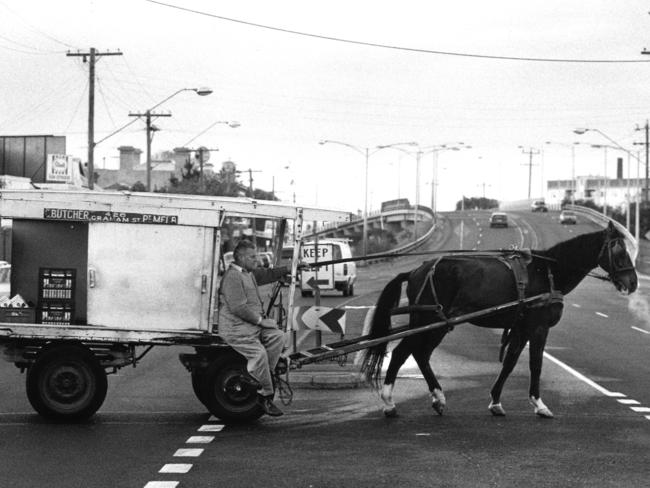
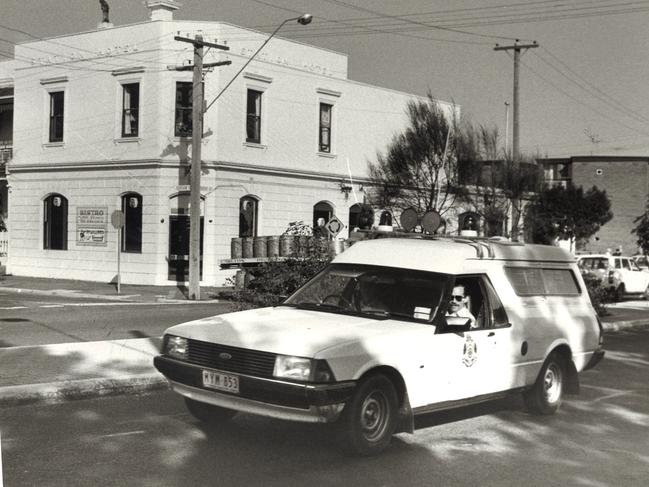
For many years Port Melbourne became the focus of law enforcement thanks to a notorious smuggling syndicate linked to the Painters and Dockers union, which was dubbed the most powerful criminal organisation in Melbourne during the 1960s and ‘70s.
By the time the group disbanded in 1993, a total of 15 murders and 23 acts of violence had been attributed to rouges involved with the notorious waterside trade union.
In 2002, underworld figure Victor Peirce was gunned down on Bay St.
Peirce, the son of gangland matriarch Kath Pettingil, was acquitted of the 1988 murder of two policemen in Walsh St, South Yarra.
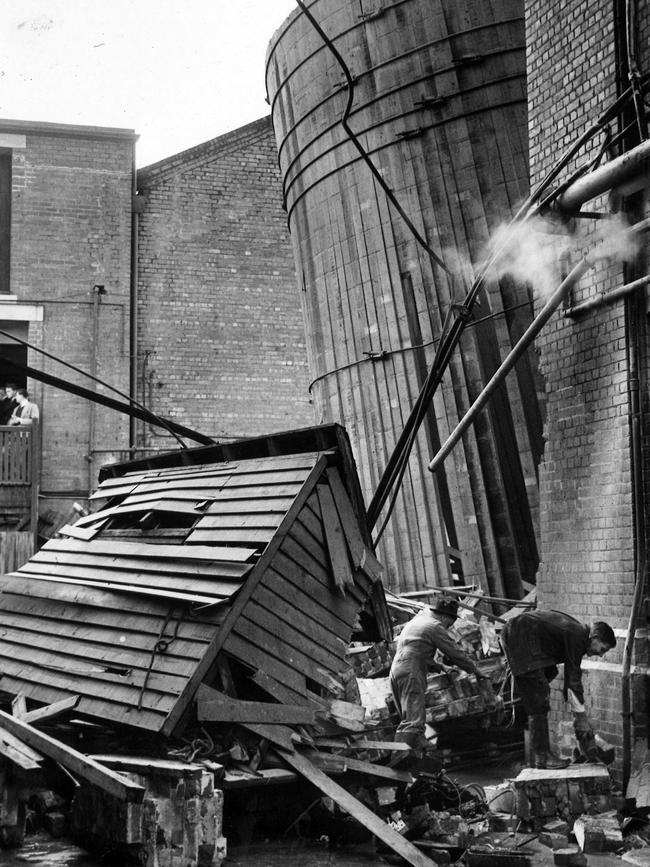
The historic suburb is set to continue its expansion into a residential hub as a result of the major urban renewal project at Fishermans Bend, which is set to be home to 80,000 people by 2050.
The suburb is also home to Port Melbourne Football Club, known as ‘the Borough’.
The club is one of Melbourne’s oldest Australian rules sides.
The Port Melbourne Cricket Club was founded 1874 and is one of the oldest sporting clubs in Australia.
Both teams play their home games at North Port Oval.
MORE:
ELITE SCHOOL PRINCIPAL OPENS UP ON LIFE DURING AND AFTER COVID-19
‘MANIAC’ SOUTH MELBOURNE WOMAN STEALS FROM SLEEPING DISABLED PATIENT
Four people arrested during power tool theft raids in Port Melbourne, Moonee Ponds
